Building with AI: Enhancing Safety and Efficiency on Construction Sites
AI-driven tools enhance construction site safety with predictive analytics, real-time monitoring, and automated training for a safer, more efficient workflow.
BP3 helps engineering firms, manufacturers, and construction companies modernize workflows, reduce errors, and improve visibility with intelligent automation and AI-driven process design.
Whether you’re tracking job site safety, digitizing complex approvals, managing assets, or aligning global supply chains, our approach pairs human-centered UX with enterprise-grade platforms to deliver results you can measure.
From the shop floor to the job site to the executive dashboard, we engineer systems that move at the speed of your business.


.webp)
AI-driven tools enhance construction site safety with predictive analytics, real-time monitoring, and automated training for a safer, more efficient workflow.
AI is reshaping architecture with automated design, compliance checks, and digital scanning, making the process faster, smarter, and more efficient.
Discover how AI-driven project management optimises scheduling, automates workflows, and reduces risks to keep construction projects on track.
Explore how AI, IoT, and automation transform manufacturing with predictive maintenance and optimized operations.
Exploring AI's role in creating resilient, efficient supply chains for manufacturers, from demand forecasting to risk management.
Discover how humans and AI unite to boost efficiency, creativity, and safety in manufacturing for transformative innovation.
Discover how a brewing company tackled inefficiencies in bottle return tracking with a custom app featuring SMS-based verification, improving accuracy, efficiency, and sustainability in their operations.
Discover how AI transforms business processes, enhancing efficiency, reducing errors, and driving growth.
Transform your business with AI-driven automation, enhancing efficiency, accuracy, and customer service while enabling strategic innovation.
Discover how custom AI solutions can streamline processes, unlock data insights, and elevate team performance.
Discover how expert UX design consulting enhances enterprise solutions, driving user satisfaction and business success through strategic, process-driven approaches.
Leverage AI to streamline workflows, personalize customer experience, and boost strategic impact across industries.
Explore the differences between AI and automation, and learn how combining them can streamline operations and drive innovation.
Maintain Growth within a Complex Environment.
Explore intelligent document processing and how AI enhances document workflows in diverse industries, reducing errors and boosting efficiency.
How can AI supercharge process automation? A dedicated guide on how AI enhances process automation, driving efficiency & innovation across industries.
Optimizing spirit production using AI in a distillery. AI-driven system enhances production & blending efficiency for aged spirits, optimizing resource use
Aligning goals for streamlined freight processes in steel production.
RPA transforms commercial real estate's construction draw process for improved efficiency and focus on high-ROI tasks. For help, contact BP3 Global.
Streamlining Brew Logistics: Innovative vehicle load system revamps brewer's supply chain, optimizing efficiency & cutting costs with IBM ILOG CPLEX tech.
Elevate manufacturing efficiency with AI-driven configuration optimization. Learn how BP3's solution transformed the customer experience.
This is part 2 of a series about transforming processes, using a utility company as the star of the story(!). For more information contact BP3 Global.
BP3 Global - example of applying RPA to a Manufacturing business. Updating parts inventories from multiple suppliers. BP3 Global, Inc.
"I have been working with BP3 for almost two years now and it has been and continues to be a partnership for developing IT solutions that actually work for the business. The team is so engaged and energized. I really feel BP3 provides developers that are easy to work with, dedicated to providing a quality product, can communicate and translate needs of the business into a workable IT framework plus they understand the core of BPM technology to discuss what it can and can’t do. They have been able to walk that line to deliver what is needed, not necessarily what was requested and I feel we have a better tool because of their contributions."
"Our business partners in Lending did not have a high level of confidence resulting from the first BPA PFM application. However, this time around, the difference is night and day, and there have been kudos sent over to us by management in Lending regarding the communication, leadership and attention to detail this BPA team provides."
"We had a few odds stacked against us and other challenges till the end. But we were able to overcome all this with some sheer grit and quick planning. I always appreciated the high level of confidence coming from Jay and Rahul throughout and that mindset is a very big plus in today's environment. I think you guys pulled a rabbit out of the hat. Interfacing with the Business stakeholders and winning their confidence was a very bug plus."
Yes. Automating task tracking, document approvals, and contractor workflows helps keep timelines tight, reduce miscommunication, and avoid cost overruns.
While RPA automates repetitive tasks, AI adds intelligence, like identifying issues in inspection photos or predicting material shortages before they happen.
Clear, intuitive interfaces reduce user errors, improve mobile adoption on job sites, and accelerate training, especially for field crews or shift workers.
We use low-code workflows and IDP to flag new versions, assign reviewers, track signatures, and ensure audit trails, especially for engineering drawings or compliance docs.
Yes. AI can forecast material delays, model alternative vendors, and predict bottlenecks, giving teams more time to respond strategically.
Yes. RPA bots can trigger service schedules, log downtime, and sync maintenance reports automatically with your asset management system.
Engage with BP3 today and embark on a journey to unlock the potential of your business processes. Through intelligent Automation and strategic consulting, we'll help you navigate the path to a smarter, more efficient enterprise.